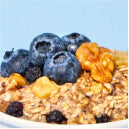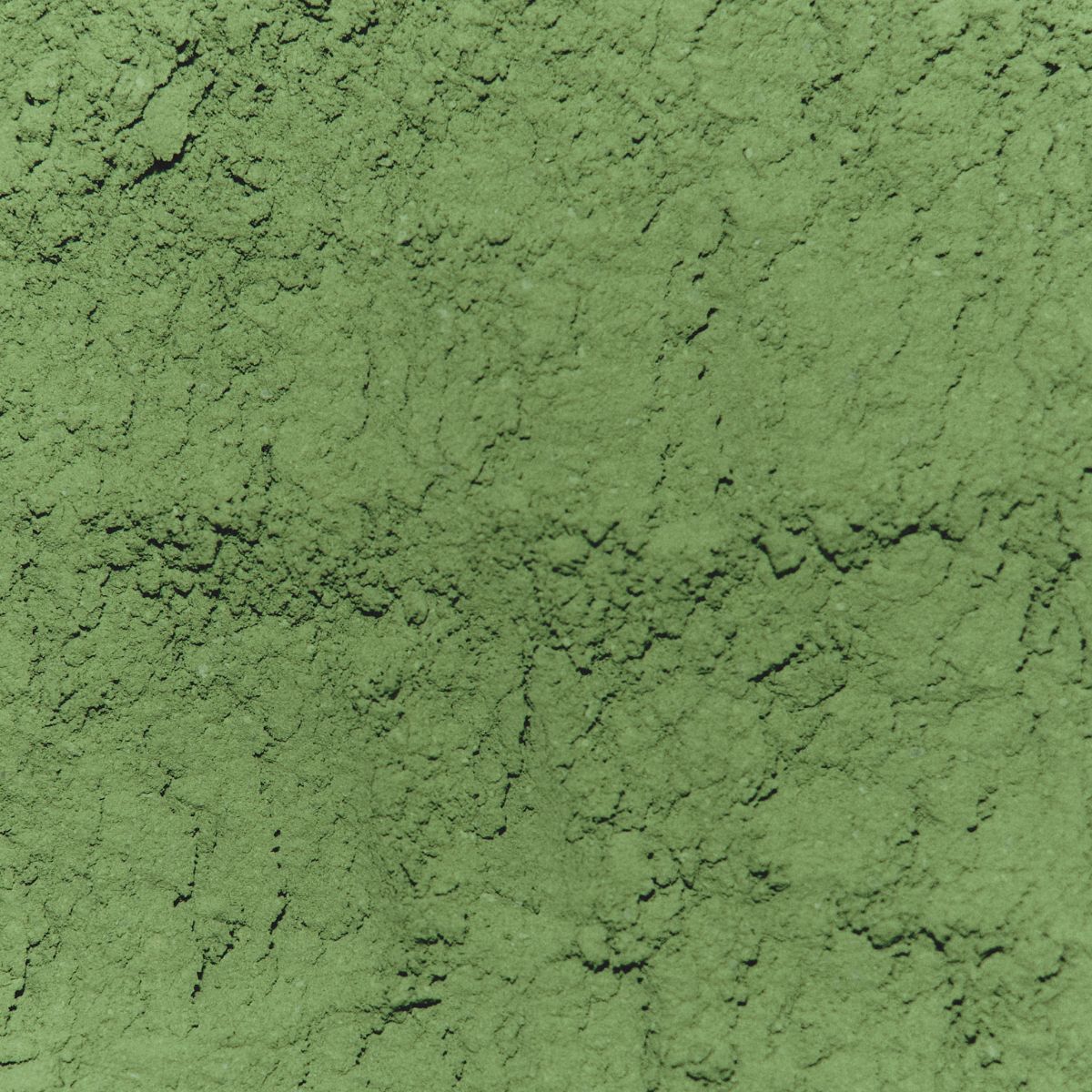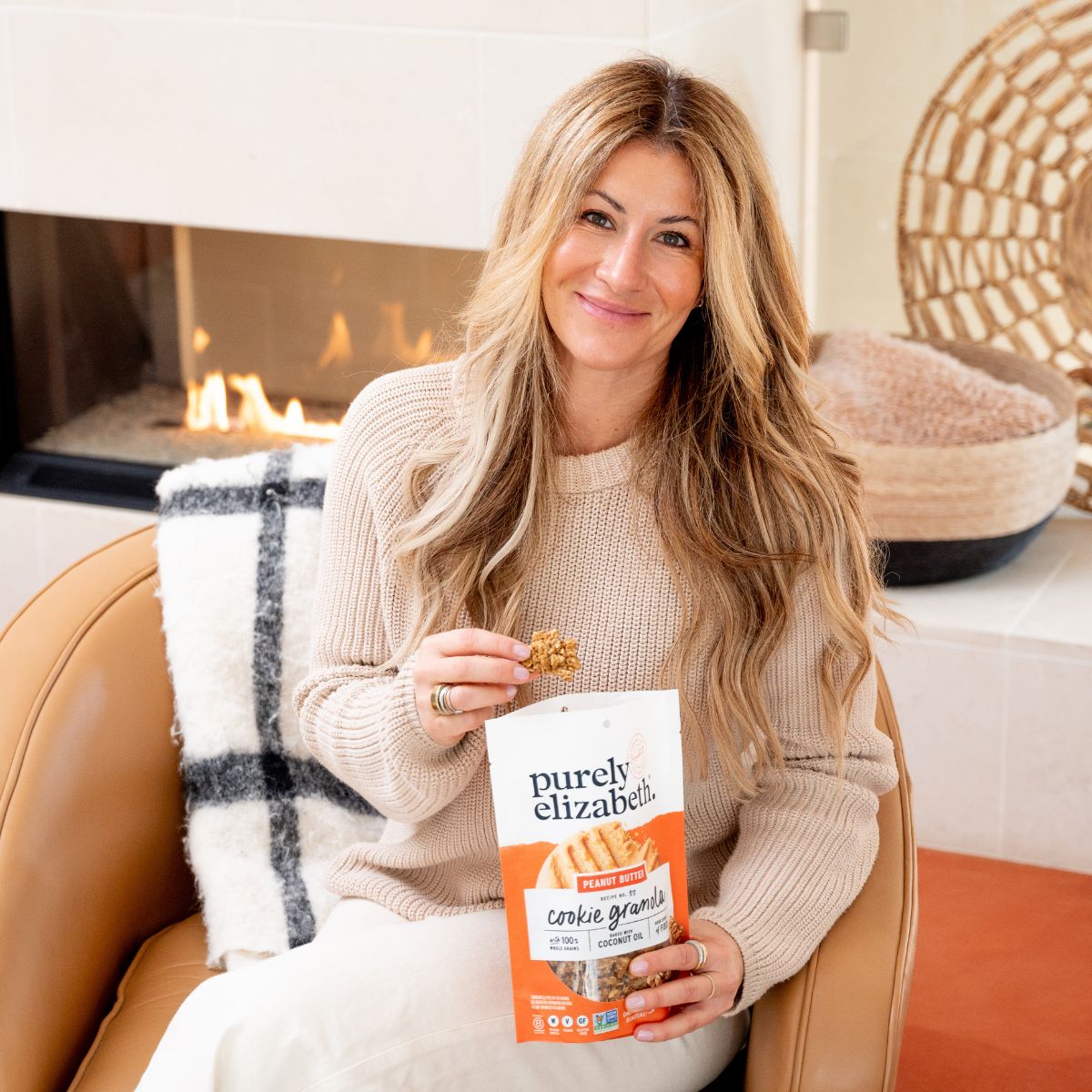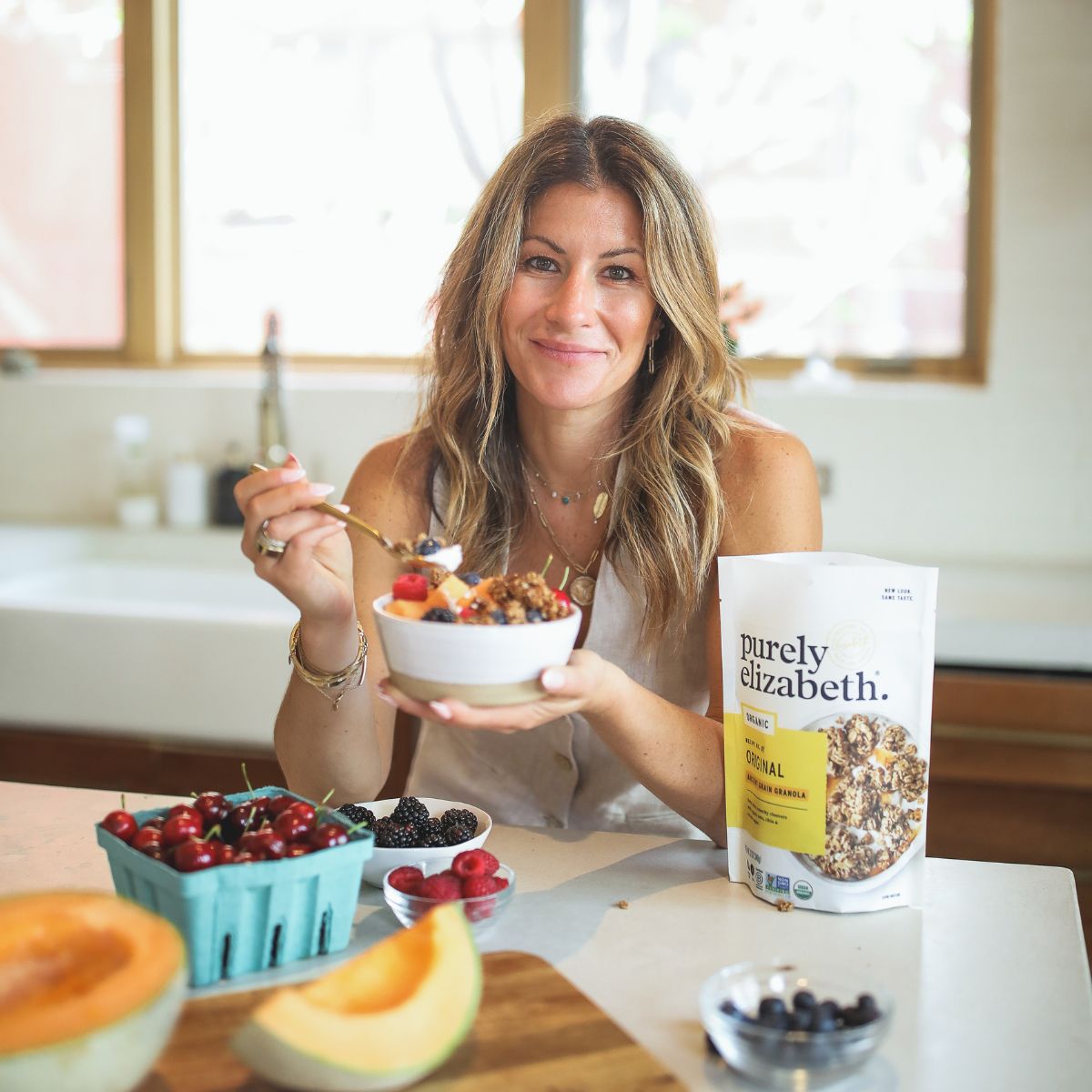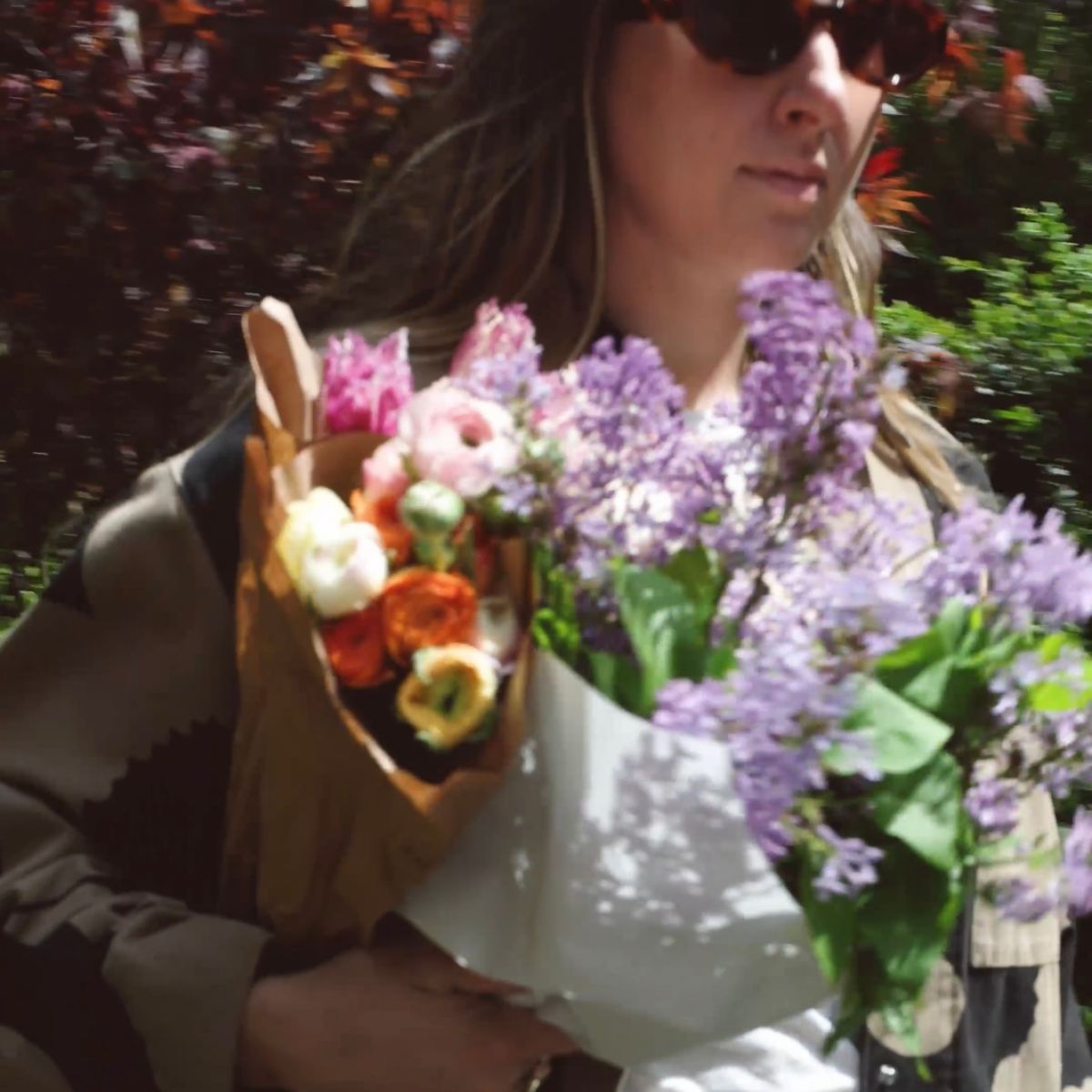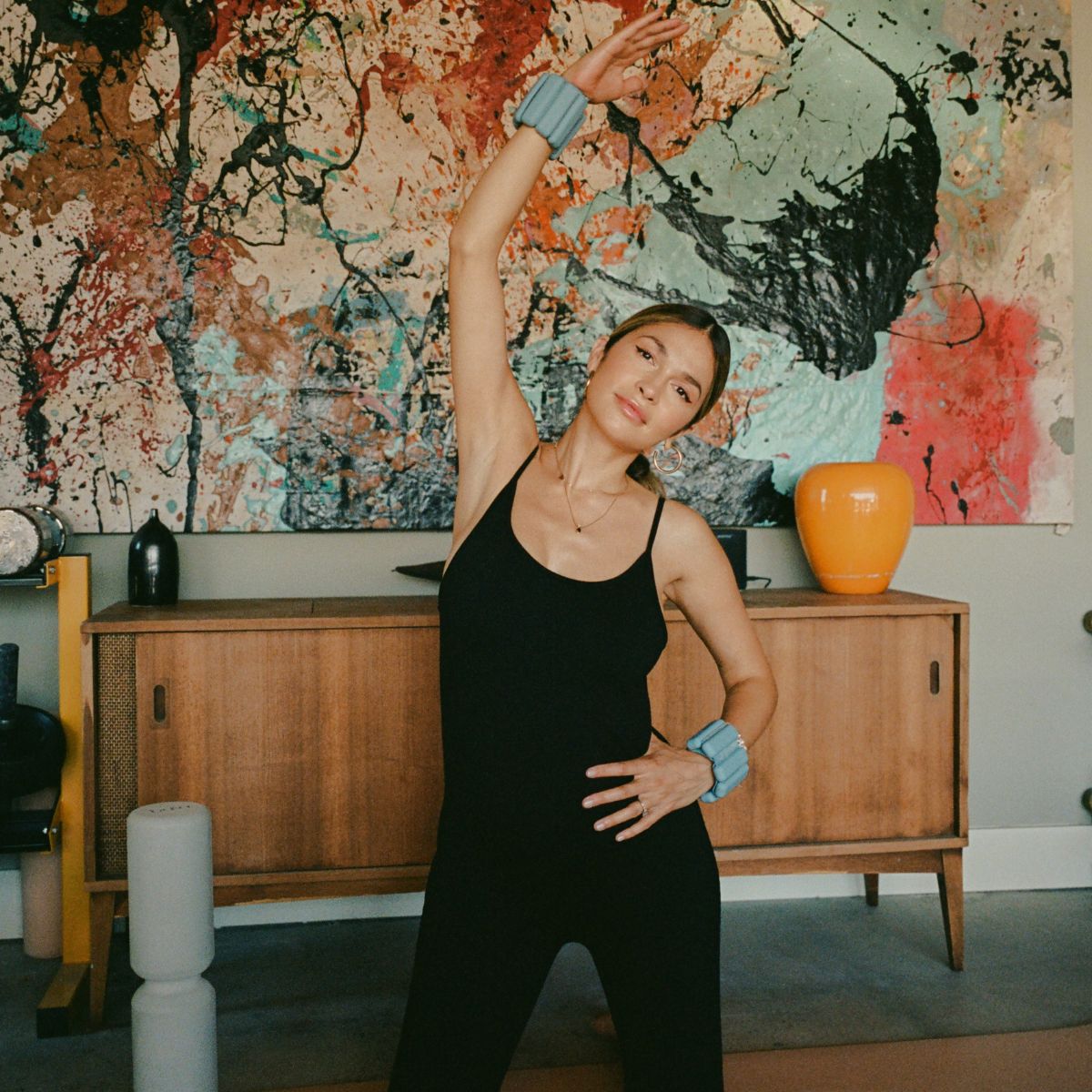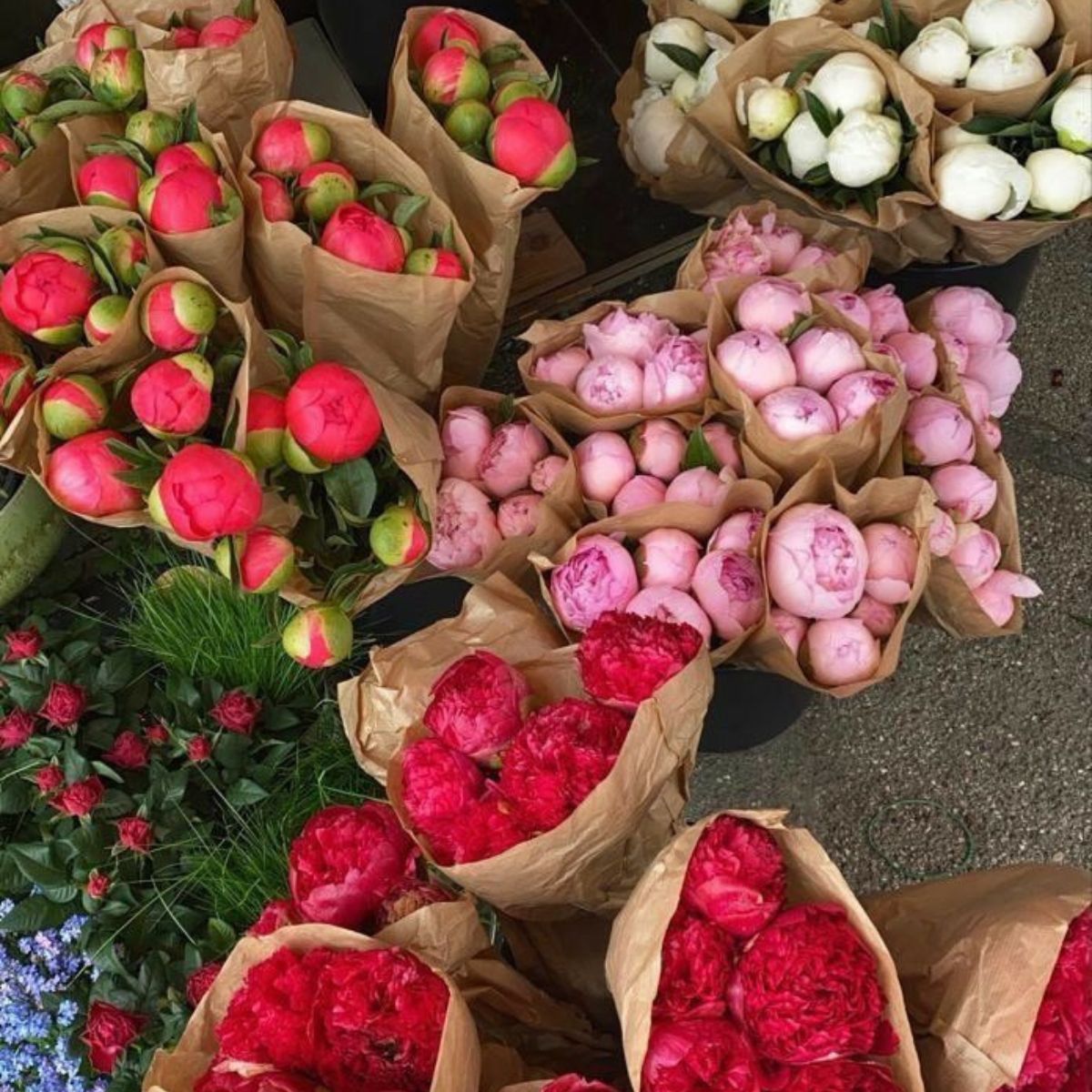If you haven't tried matcha yourself, you've definitely seen it in every coffee shop and all over your social feed. But what exactly is matcha and why is everyone so obsessed with it? We sat down with Darla Murray and Chantal Shah, co-founders (and best friends) of Make Matcha, to talk about the real benefits of drinking matcha, why quality matters so much, and what to look for.

PURELY ELIZABETH: What exactly is matcha and what sets it apart from Green Tea?
MAKE MATCHA: The word “matcha” literally means “ground tea” in Japanese. Unlike regular green tea, where the dried leaves are steeped and discarded, matcha is stone-ground from whole leaves and fully consumed after being whisked in hot water. This process gives matcha a richer taste, a more concentrated dose of antioxidants, and a smoother, longer-lasting energy boost compared to regular green tea.
PURELY ELIZABETH: What are some of the benefits of matcha?
MAKE MATCHA: Matcha is rich in EGCG, a powerhouse antioxidant that supports metabolism, skin health, cellular regeneration, and inflammation. It also contains caffeine and L-theanine, a combination that delivers calm, focused energy without the spikes and crashes of traditional caffeine.
PURELY ELIZABETH: Beyond the well-known health benefits, what are some of the more nuanced or surprising advantages of incorporating high-quality matcha into your daily routine?
MAKE MATCHA: The simple act of making matcha—the slow whisking, the intention behind it—might be the only two minutes of presence you get all day. And that alone is a benefit. Matcha is also a great alternative to coffee because it still provides the caffeine boost, but with the added benefits of L-theanine, a calming amino acid.

PURELY ELIZABETH: How Does Matcha Compare to Coffee When It Comes to Caffeine?
MAKE MATCHA: Matcha generally has less caffeine than a typical cup of coffee. A standard serving of matcha (about 1 gram of powder) contains around 70mg of caffeine, while an 8-ounce cup of coffee usually contains about 95mg to 200mg of caffeine, depending on the brew. However, the L-theanine in matcha slows caffeine absorption leading to a smoother and more sustained energy boost compared to the quicker, more intense spike and crash of coffee.
PURELY ELIZABETH: Why does quality matter?
MAKE MATCHA: Like fine wine, matcha’s quality is defined by its origin, the farming process, and the timing of the harvest. The best matcha comes from Japan—specifically Uji, where the soils are fertile, the climate ideal, the leaves are carefully shade-grown, and stone-milled to preserve flavor and nutrients. Higher-quality matcha means richer flavor, smoother texture, and more potent health benefits. Like fine wine, producing top-tier matcha is a meticulous, time-consuming process. For example, MAKE’s Heritage Grade matcha is harvested only once a year, hand-picked, and traditionally stone-ground—taking 30 minutes to grind just 30 grams.

PURELY ELIZABETH: Is all matcha created equal? What are the key factors to look for when buying matcha?
MAKE MATCHA: Navigating the world of matcha can be tricky, but here are the key things to keep in mind when choosing the perfect matcha:

PURELY ELIZABETH: What are some common mistakes beginners make when preparing matcha, and how can they be avoided?
MAKE MATCHA: Once you have a premium matcha at home the last thing you want to do is burn it! The easiest way to avoid that is to use an electric kettle set to 176 F. If you don't have an electric kettle, use warm water instead of boiling water. After that, it's hard to mess up!
PURELY ELIZABETH: What is your favorite way to enjoy matcha?
MAKE MATCHA, DARLA: If I have to choose my favorite way it would be as an iced matcha latte with Imperial Grade matcha, pistachio milk, and a splash of rose water.
MAKE MATCHA, CHANTAL: Most often I will drink Heritage Grade on its own but if I'm feeling fancy, with a touch of foamy milk on top like a matchacino.


